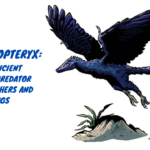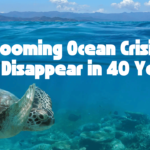In a world where technological advances blur the lines between fiction and reality, de-extinction science emerges as a controversial frontier.
While the idea of reviving extinct species sparks excitement, it also raises ethical, ecological, and scientific questions. How feasible is it to bring back creatures like the woolly mammoth, and more importantly, should we? This article explores the science behind de-extinction, its potential benefits, and its moral dilemmas.
What is De-Extinction? A Scientific Overview
The Science Behind De-Extinction
- Cloning: Techniques like somatic cell nuclear transfer (SCNT) and their role in de-extinction projects.
- Genome Editing: CRISPR’s potential to reconstruct DNA from extinct species.
- Hybrid Breeding: Creating hybrids of extinct species with their closest living relatives.
Successful Examples of De-Extinction Efforts
- The Pyrenean ibex and its partial revival.
- Efforts to restore the passenger pigeon.
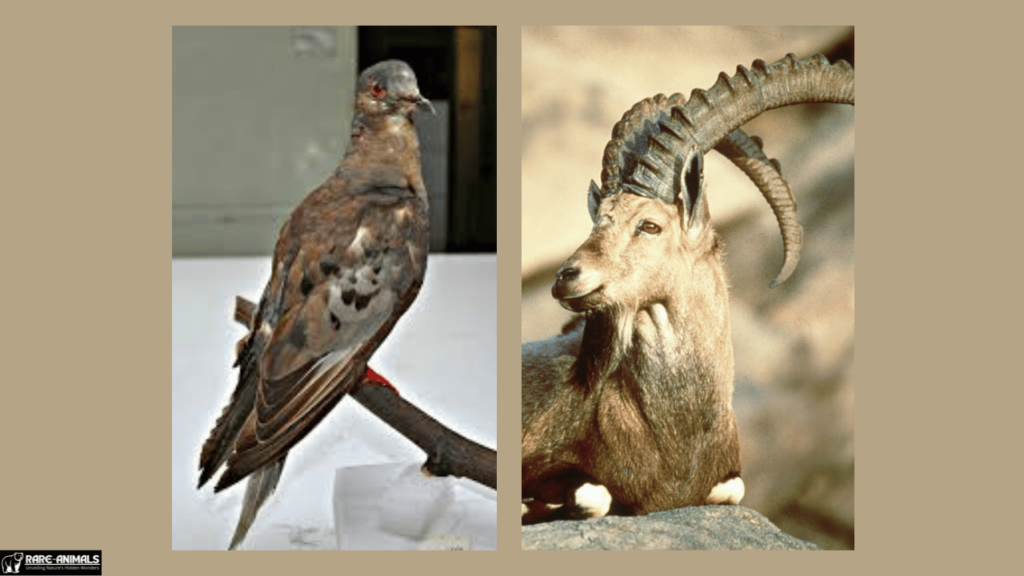
Ethical Considerations in Reviving Extinct Species
Moral Implications
- Is Playing God Justified?: Debating the moral boundaries of interfering with nature.
- The Responsibility of De-Extinction: Obligations toward the revived species and ecosystems.
Impact on Existing Conservation Efforts
- Could de-extinction divert resources from endangered species?
- Balancing nostalgia and practicality in biodiversity management.
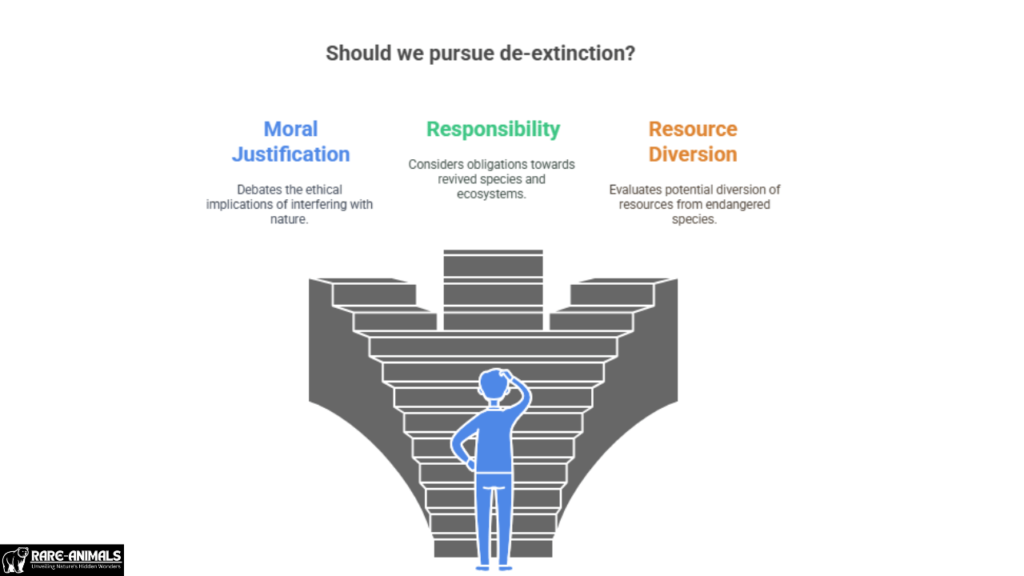
Ecological Impacts of De-Extinction
Potential Benefits
- Restoring lost ecosystems: Examples of keystone species like the woolly mammoth.
- Enhancing biodiversity: How reintroducing extinct species might stabilize ecosystems.
Risks and Unintended Consequences
- Risk of invasive species behavior.
- Unknown interactions with current ecosystems and species.
Technological and Logistical Challenges
Barriers to Successful De-Extinction
- Recreating viable habitats for extinct species.
- Ensuring genetic diversity in revived populations.
Cost vs. Benefit Analysis
- Financial implications of de-extinction projects.
- Comparing costs to traditional conservation programs.
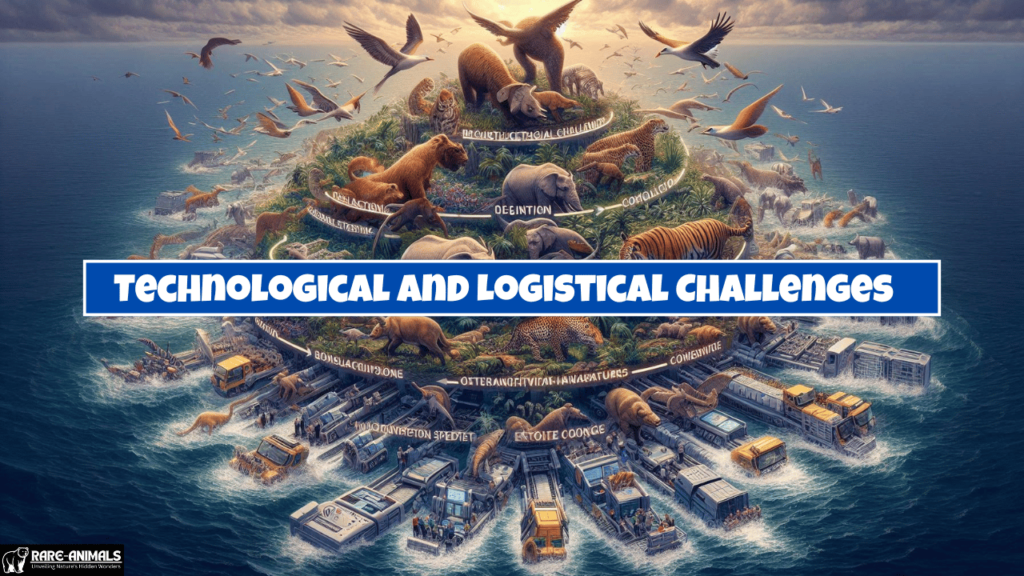
Public Perception and Policy Making
Shaping Public Opinion
- How popular culture influences perspectives on de-extinction.
- Media’s role in shaping ethical debates.
Legislative Frameworks
- Existing laws on genetic modification and wildlife protection.
- Policy gaps in governing de-extinction efforts.
Conclusion
De-extinction represents an exciting yet polarizing branch of science. While its potential to restore biodiversity and correct historical wrongs is alluring, its ethical and ecological risks cannot be ignored. As we advance, striking a balance between innovation and responsibility will be crucial.
Join the conversation: What are your thoughts on de-extinction? Share this article and let’s discuss its future together!
FAQs
1. What are some examples of extinct species scientists aim to bring back?
Scientists are exploring the revival of species like the woolly mammoth, passenger pigeon, and dodo.
2. How does cloning work in de-extinction?
Cloning involves replacing the DNA of an egg cell with the DNA from the extinct species, then implanting it into a surrogate mother.
3. Are there any successful cases of de-extinction?
The Pyrenean ibex was partially revived in 2003, but the clone only lived a few minutes.
4. How does de-extinction affect current ecosystems?
Revived species could disrupt ecosystems or compete with existing species, creating unforeseen challenges.
5. What is the role of CRISPR in de-extinction?
CRISPR enables precise editing of DNA, allowing scientists to recreate genomes of extinct species.

Alveena is an experienced content writer with a knack for crafting engaging and insightful pieces. She thrives on breaking down complex ideas and presenting them as clear, captivating content that resonates with readers.



